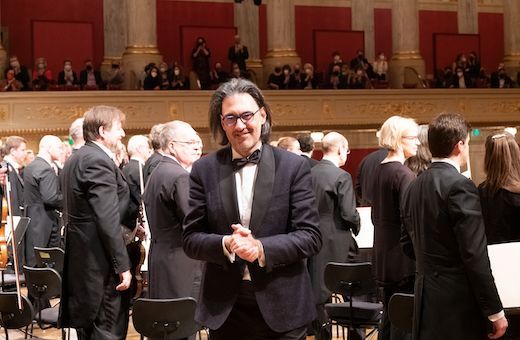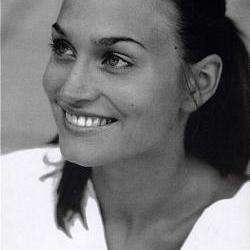The Wiener Symphoniker is a first class orchestra but can, on occasion, be accused of playing, well, like an orchestra which is paid to perform. Not so last night at the Konzerthaus. In a testament to the ability of strong musicianship to inspire, Leonidas Kavakos elicited engagement and clarity of sound that was thrilling. Paired with a programme guaranteed to guarantee that all’s right in the world, it was a welcome treat as Omicron rips through Europe, putting cultural events everywhere on an uncertain footing.

In the long Viennese Stehgeiger tradition, Kavakos was the soloist in the opening Mozart Violin Concerto no. 4 in D major, K218, conducting by bow. Despite my faiblesse for numerous modern violinists, there are few I am so eager to hear performing this concerto, which has seen 71 performances at the Konzerthaus since its inception in 1775. Kavakos possesses unique bow-arm control and a slender sound ideally suited to the Wiener Klassik. While the first movement felt slightly driven, resulting in intonation and ensemble issues as all parties shook off their opening jitters, I prefer the excitement of the risks to storied, recorded perfection any day. From the atmospheric Andante cantabile, sailing was smooth. Kavakos’ restless approach was haunting, and during the cadenza he pared back his sound until it was nearly transparent, stopping breaths as we all leaned in. The Rondeau finale was joyous – containing no downbeats, only upwards gestures, and though at one point the ensemble was taken by surprise by a cadenza, interest never lagged.
Prokofiev’s First Symphony answers the question of what Haydn would sound like if he was born harmonically in the early 20th century but educated stylistically in the 18th. The work is witty, classically constructed, but contains the composer's ability to reconcile angular motifs and harmonic chromaticism with form and charm. The four movement jaunt is a perennial hit. It reminds us that the bassoon is the most intentionally hilarious of the orchestral instruments in the opening movement, composed in distilled sonata form yet harmonically progressive, full of disjunct, spacious melodic leaps. The second, slow and melodically driven, was played with such transparency that every voice could have been easily transcribed by someone interested in that sort of thing. Honestly, the interlaced string lines were clean enough to eat from. The third and fourth movements resemble classical renditions of a carnival visit and a day at the horse races respectively, with enough comical Easter Eggs to make the most cynical listener grin.
And in a final bid to usher in the warm fuzzies, Antonín Dvořák’s Eighth Symphony was the perfect entrée. Chock filled with nature themes, bird calls and nostalgic turns that never sag into melancholy, his idiom is deeply satisfying. The opening movement might as well be titled “warmth of human spirit triumphs in adversity”. After a poetic opening, full of flute birdsong and a hymn-like chorale from the trumpets, storms blow through, but after the storm a meditative calm reigns once more. The episodic musings which usher in the Adagio build slowly to a brilliant climax, winds and brass arching gloriously over running strings, and the third movement is a nostalgic waltz, melodic gestures rippling downwards like water. Kavakos illustrated movement and musical gesture in his conducting, and though there were moments in the finale where the ensemble frayed slightly, the overall cleanliness and engagement throughout the evening was a balm to the soul. After so many quick tempi, a meal was made of the ruminating sections in the middle of the last movement, and it was an absolute joy to hear the brass really open up in the final denouement. In short, a wonderful programme, thoughtfully and inspiringly executed.


